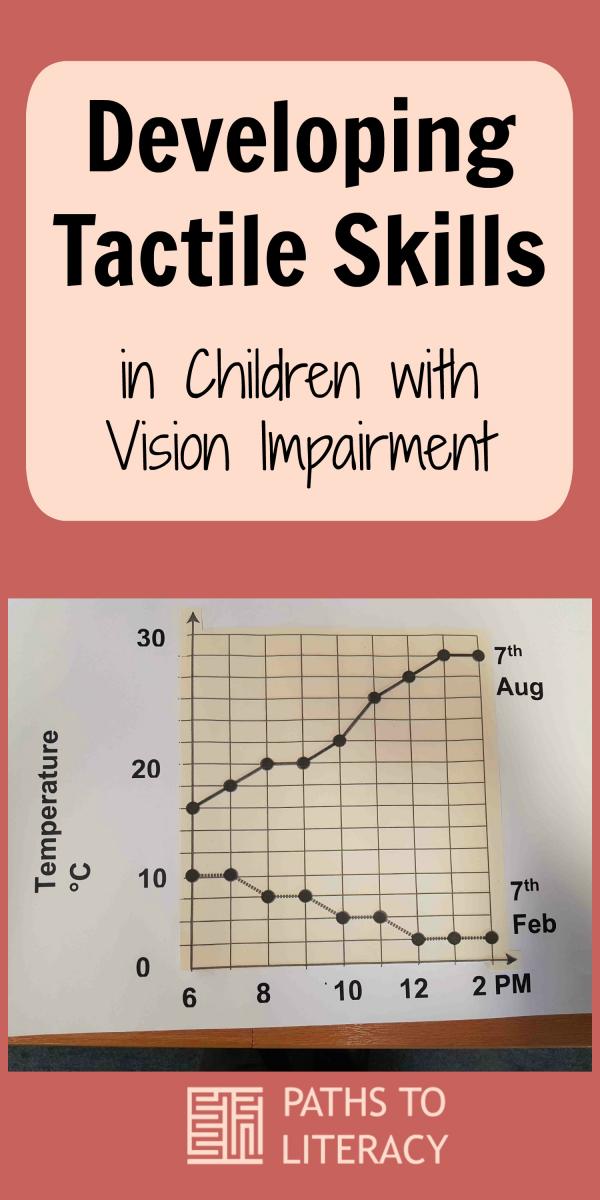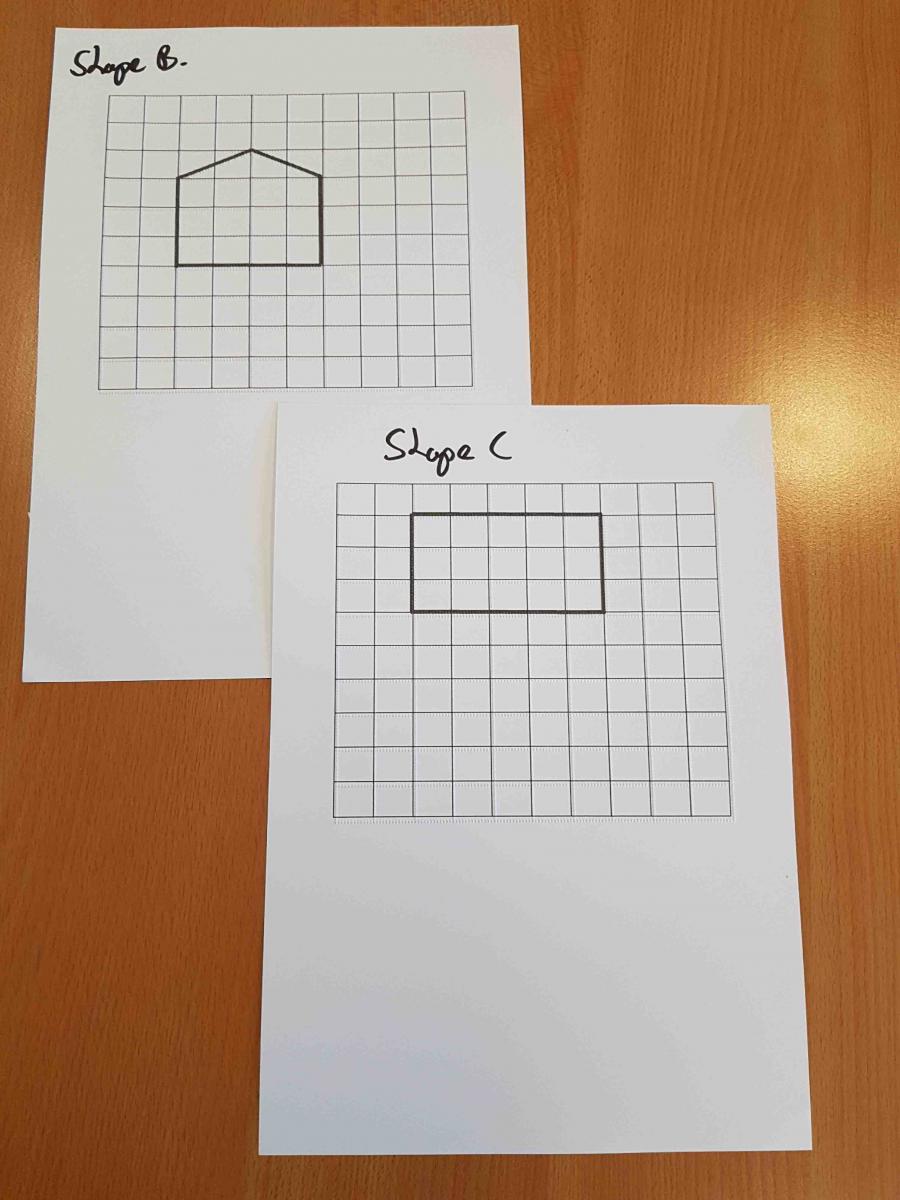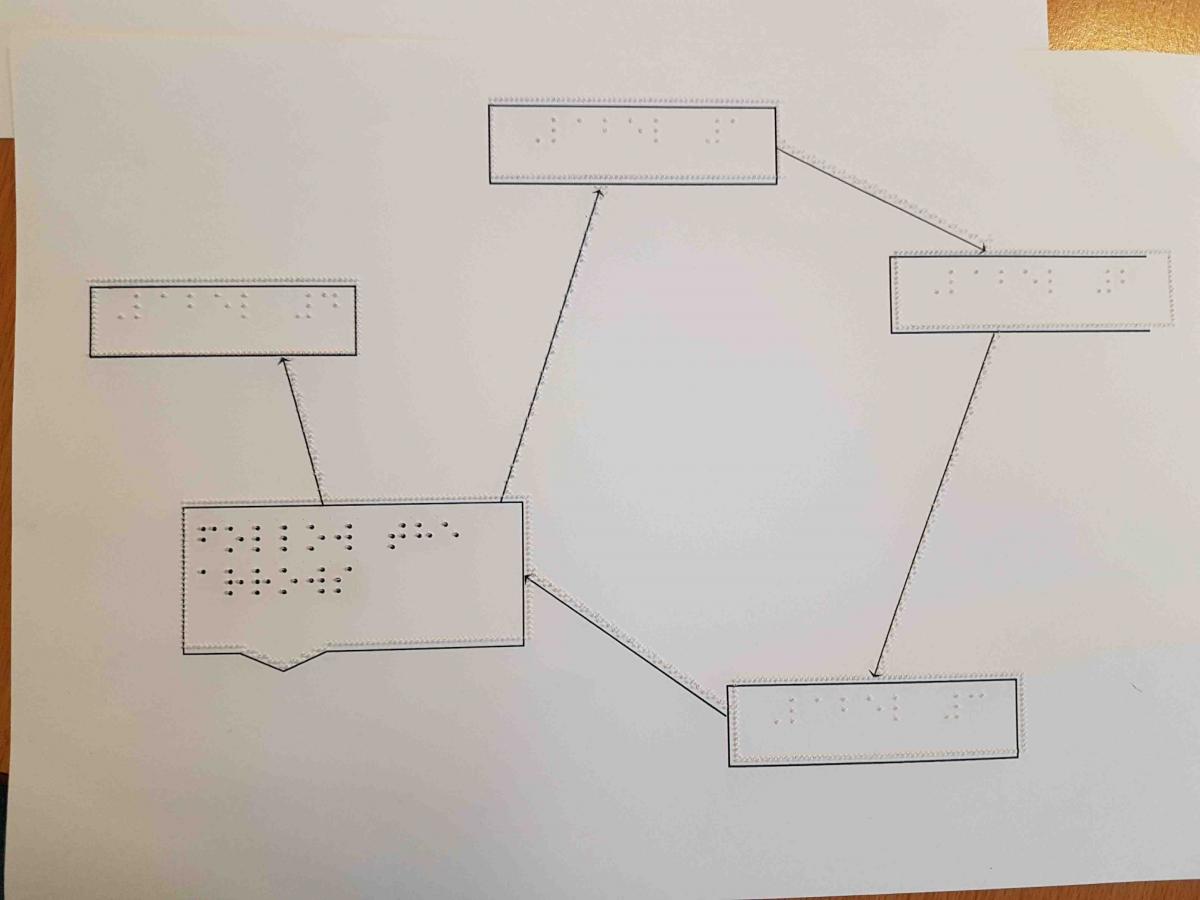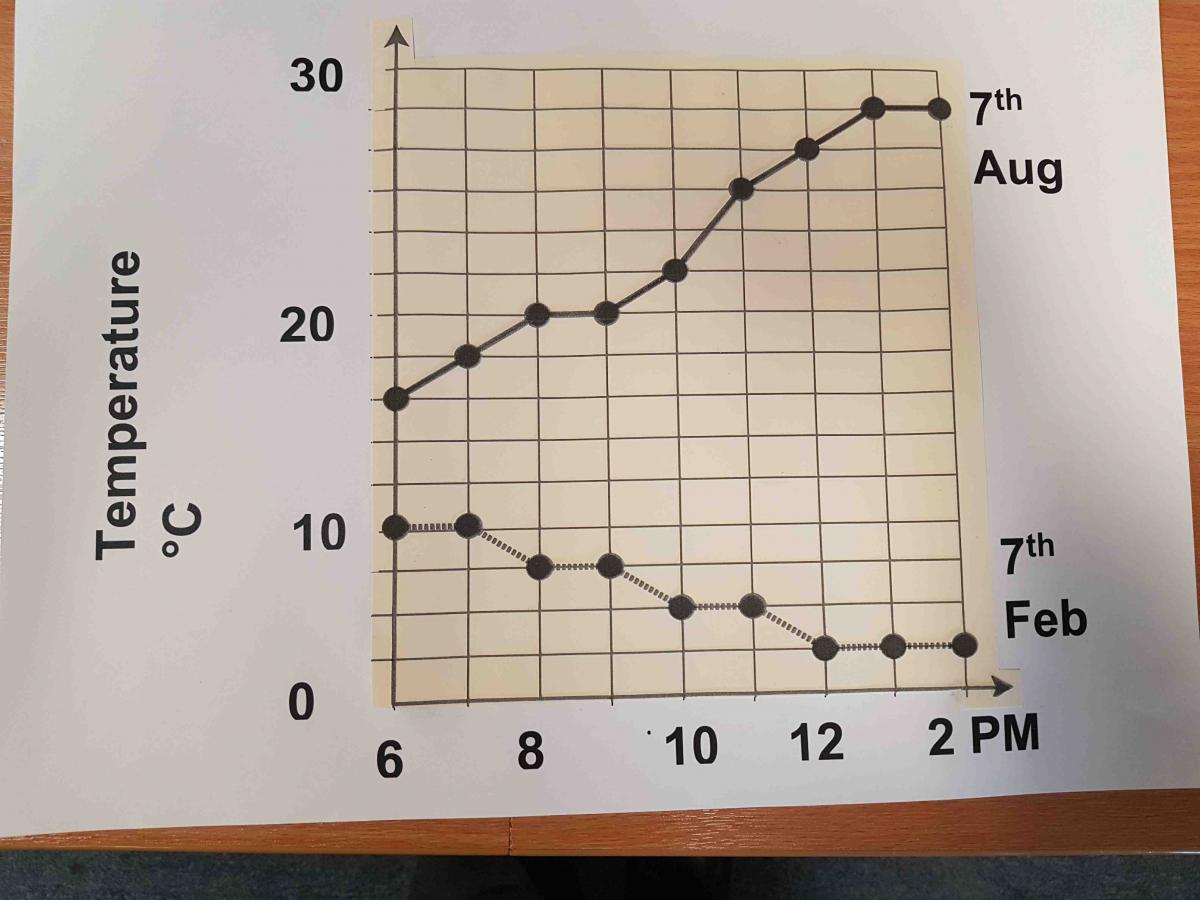Developing Tactile Skills in Children with Vision Impairment

John Chester, VI Coordinator at The King’s Academy Middlesbrough, explores ways to introduce children to learning braille.
The ultimate aim for many students who can no longer access print, or won’t be able to in the future, is to access braille – either uncontracted (grade 1) or contracted (grade 2). Developing tactile skills is essential for students to read braille, and to access tactile information (such as graphs, diagrams and tactile images).
I work in a school which caters for 11 to 18-year-olds. I find that many of my students who require a tactile curriculum start in Year 7 with at least some braille skills and have accessed at least some tactile graphs, diagrams or images. This is not to say that in the future I won’t need to retrain a student who has deteriorating vision.
Early Steps
One of the key ways to developing tactile skills is like anything, make it interesting. Interest in stories can be raised through using objects which relate to the story. These can be everyday items which students can handle and hold that can be used to indicate different chapters or sections of the story. This can develop an interest in reading before the student has even started to learn any braille.
Developing tactile skills in younger students can be and should be fun. Paths to Literacy provide an excellent 12 point plan in their blog “12 tips for teaching tactile skills…”
 Reading braille can be encouraged through a tactile reward system. Pick an objective or theme for the week, such as braille contraction of the week. You can then create a tactile chart which is on display in the classroom. You can use a tactile token or sticker to show they have passed a milestone.
Reading braille can be encouraged through a tactile reward system. Pick an objective or theme for the week, such as braille contraction of the week. You can then create a tactile chart which is on display in the classroom. You can use a tactile token or sticker to show they have passed a milestone.
Rewards
The whole process can be tactile and rewarding for the student as they place the sticker or token onto the chart. There are some excellent braille stickers available from the RNIB Shop. These can also be used when marking students’ work and providing feedback.
Tactile Stages
Teaching tactile skills in secondary school focuses more on the acquisition of skills that allow students to access the curriculum alongside their peers. This doesn’t necessarily include braille skills – initially. Use simple diagrams that show elements of diagrams in in isolation – this allows you to assess if the student can track and recognise different elements of a diagram or chart, including:
- horizontal and vertical lines
- diagonal lines
- grids
- arrows
- boxes and labels
- diagram titles
Employing a methodical and repetitive approach can reap rewards. One thing I noticed with my Year 9 students is that they would cover a topic with their Maths teacher and by the end of that week they would show progress. All their resources were tactile and accessible. When this topic was revisited a term later they would struggle. This makes sense when you consider the lack of incidental learning when it comes to recognising shapes for instance. We recognised that students need to access tactile materials daily, if not weekly, to allow for consistent exposure.
It’s so important to have a plan and a strategy for each lesson or period spent teaching these skills. For instance:
- recognising different 2D shapes
- recognising 3D shapes – faces, edges and vertices
- reading different graphs/charts
- plotting bar/line charts
Using simple items like pins, elastic bands, Blu Tack and Wikki Stix means that students develop methods of creating or plotting graphs. This of course takes plenty of time and a lot of support.
In summary:
- Make learning fun where possible.
- Where it is “boring” mix it up and use a reward system.
- Employ a methodical approach to your teaching and their learning.
- Use a range of tactile resources.
- Work closely with subject teachers, follow schemes of work and look at the skills the student needs to access exam papers (especially in technical subjects).
Please note: Decisions about what learning medium a child should use, and the teaching of braille as a learning medium, should be made with the input of a Qualified Teacher of Vision Impairment (QTVI). A list of local authority QTVI services is available under the Local Offer heading here.
This article was originally published by RNIB and is reprinted here with permission.




